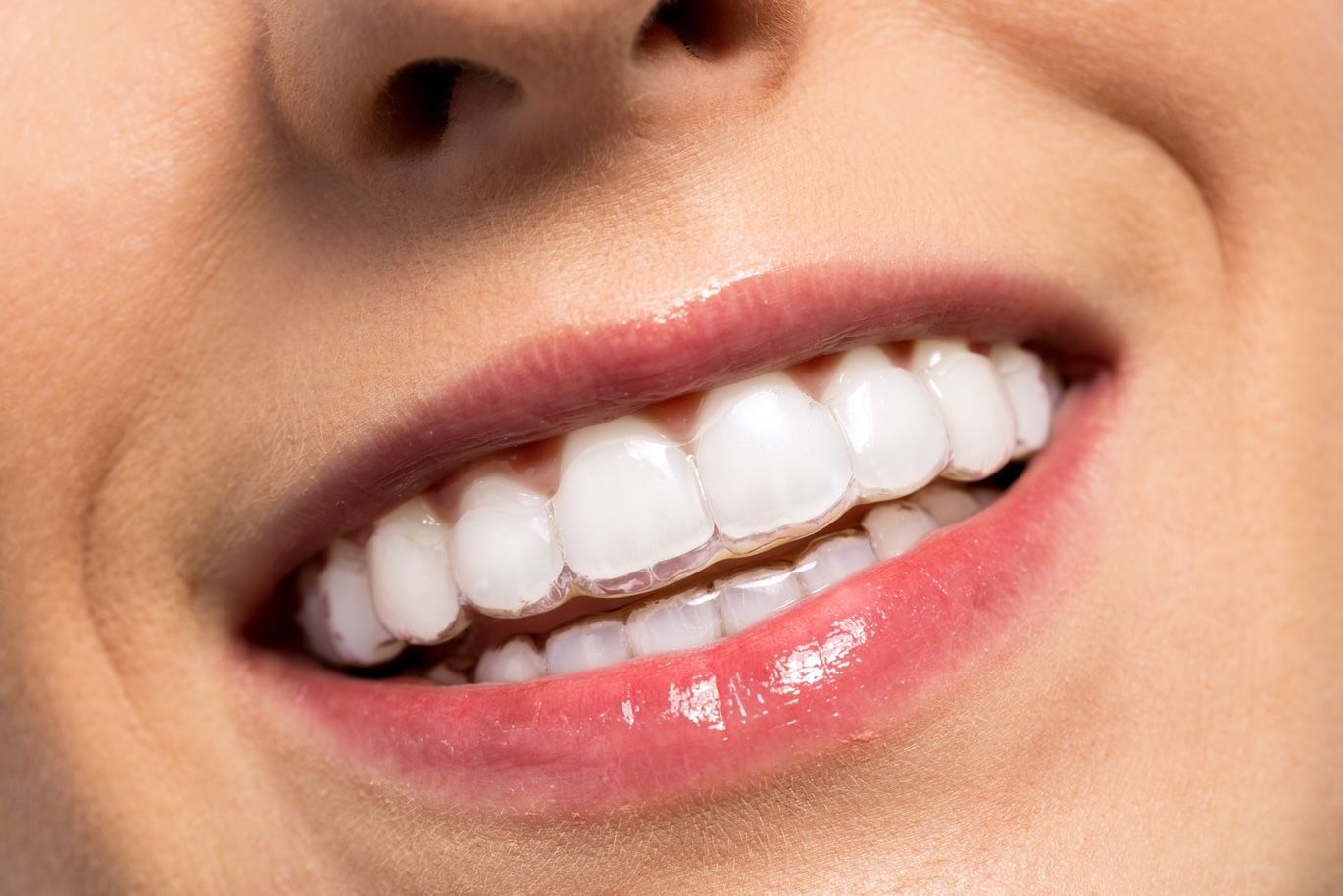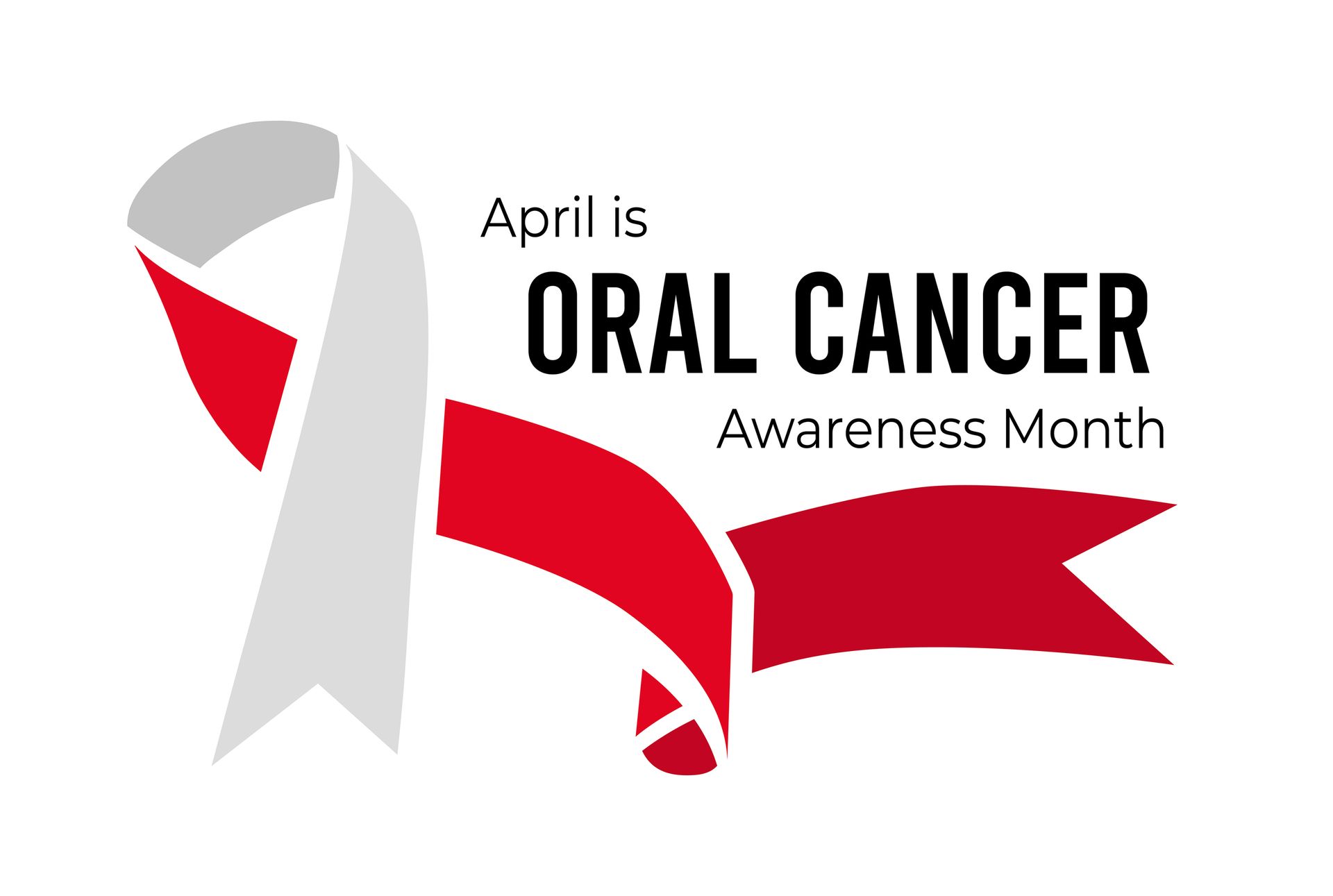INVISALIGN vs BRACES; PROS and CONS TO CONSIDER
Orthodontics offers a range of solutions for correcting dental alignment issues, with Invisalign and traditional braces being the most prominent. Understanding the nuances of these two methods is essential for anyone considering orthodontic treatment. This comprehensive article explores the processes, pros and cons, and ideal situations for both Invisalign and braces, including the importance of compliance in achieving desired outcomes with Invisalign.

The Invisalign Approach
Invisalign treatment consists of custom-made, clear aligners that are replaced every 1-2 weeks to gradually shift teeth into their correct positions. It’s best suited for mild to moderate dental alignment issues. A major advantage of Invisalign is its aesthetic appeal, as the aligners are nearly invisible. They’re also more comfortable and removable for eating and cleaning. However, the success of Invisalign heavily depends on the wearer’s compliance. Aligners must be worn for at least 22 hours a day, and failure to do so can significantly extend the treatment time or even compromise the final results. Additionally, Invisalign is generally more costly than braces and may not be effective for severe orthodontic cases.
Traditional Braces: A Time-Tested Solution
Traditional braces involve attaching brackets to the teeth, connected by wires that are periodically tightened. This method is effective for a broad spectrum of dental problems, including complex cases. Braces are more noticeable than Invisalign, but ceramic braces offer a less conspicuous option. They can cause discomfort and require dietary adjustments to avoid damaging the braces. Despite these drawbacks, braces are often more affordable and have a proven track record of effectiveness, without the same level of compliance required by Invisalign.

Comparative Analysis: Invisalign vs. Braces
Aesthetically, Invisalign is superior due to its near-invisibility. In terms of comfort and convenience, Invisalign aligners are generally more comfortable and avoid the issue of food getting trapped. However, braces are more effective for severe cases and are often more budget-friendly. The effectiveness of Invisalign, however, is closely tied to the wearer’s commitment to wearing the aligners as prescribed, a factor not as critical with traditional braces.
Pros and Cons at a Glance
Invisalign aligners are discreet, comfortable, and removable, but more expensive and require strict adherence to wearing schedules for successful outcomes. Braces, while suitable for all types of corrections and more cost-effective, may be less aesthetically pleasing, impose dietary restrictions, and can cause discomfort.

Choosing the Right Treatment for Your Situation
Invisalign is ideal for adults and teenagers with mild to moderate alignment issues who are committed to adhering to the treatment regimen. It’s a preferred choice for those prioritizing aesthetics and comfort. Braces are recommended for patients with severe orthodontic issues or complex cases, and for those where treatment compliance may be a challenge.
Conclusion
The decision between Invisalign and braces should be based on individual orthodontic needs, severity of dental issues, lifestyle, budget, and the ability to comply with the treatment requirements. Consulting with an orthodontist is crucial to determine a personalized treatment plan that aligns with each patient’s dental health goals and lifestyle.




